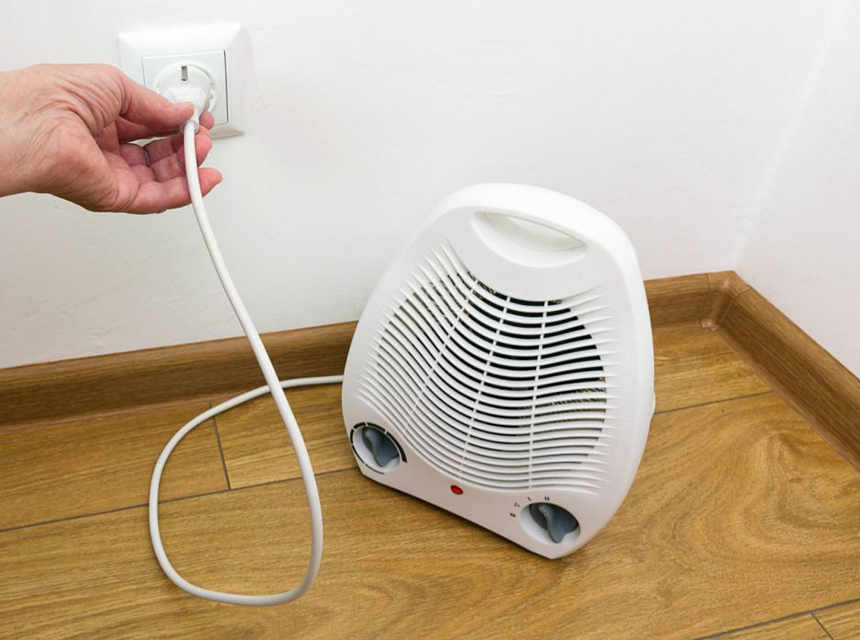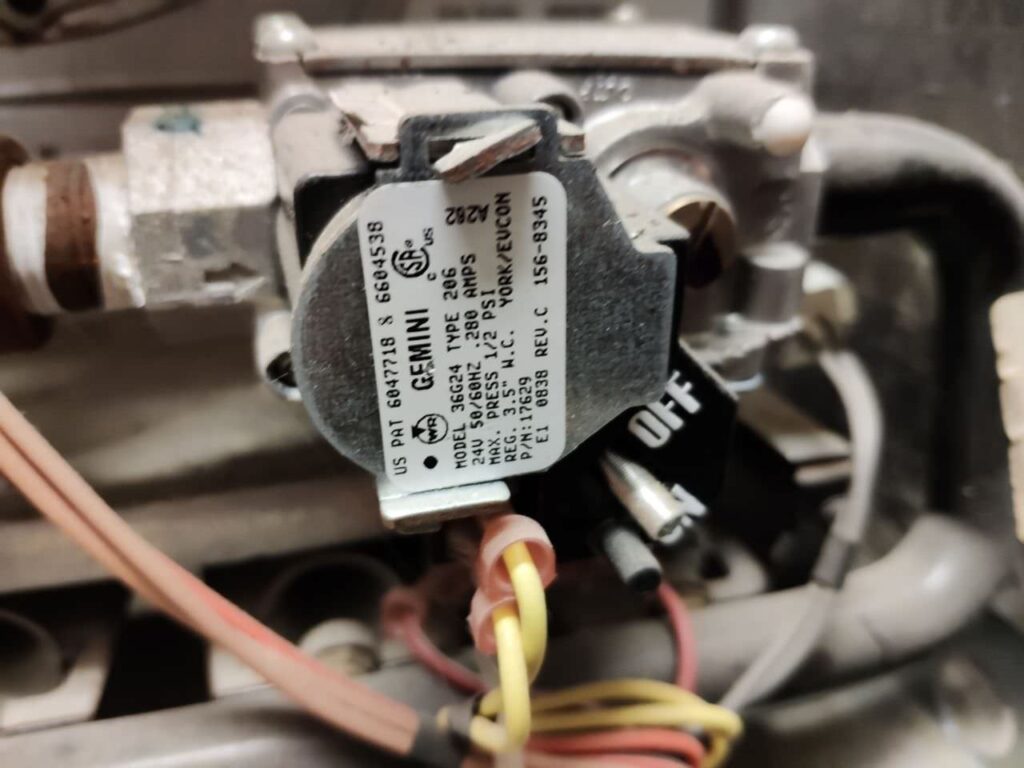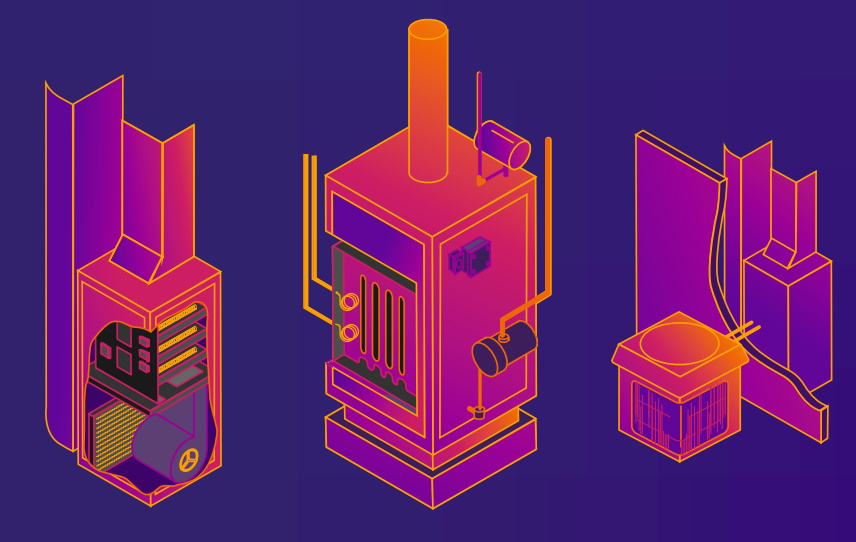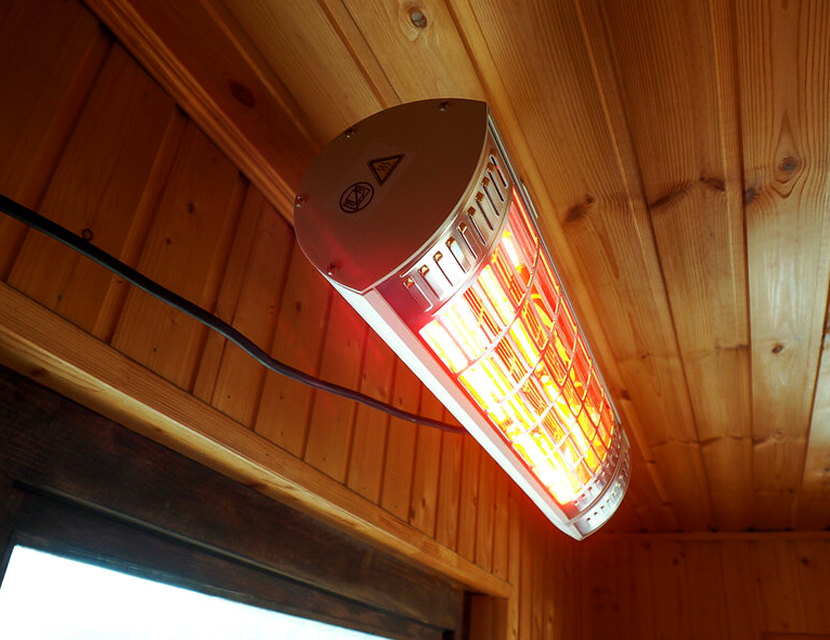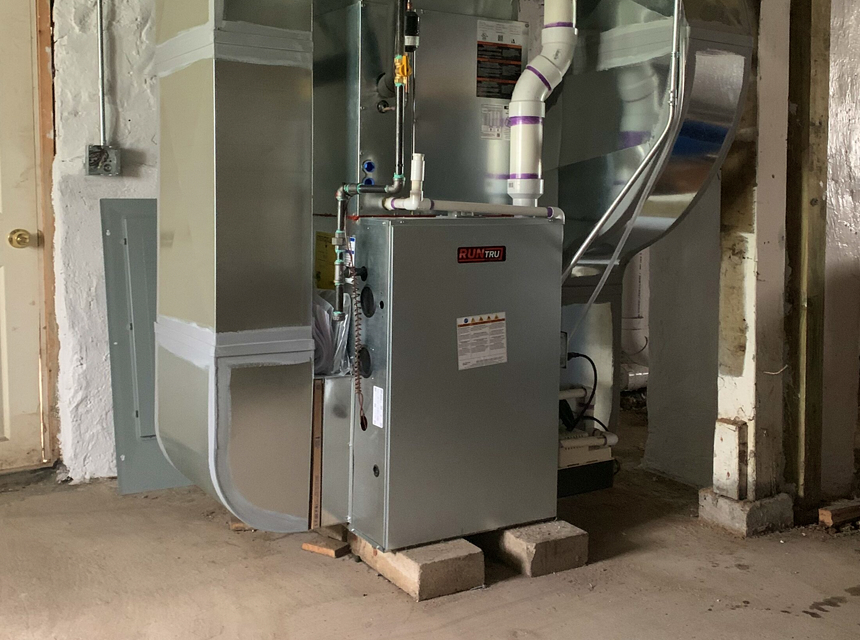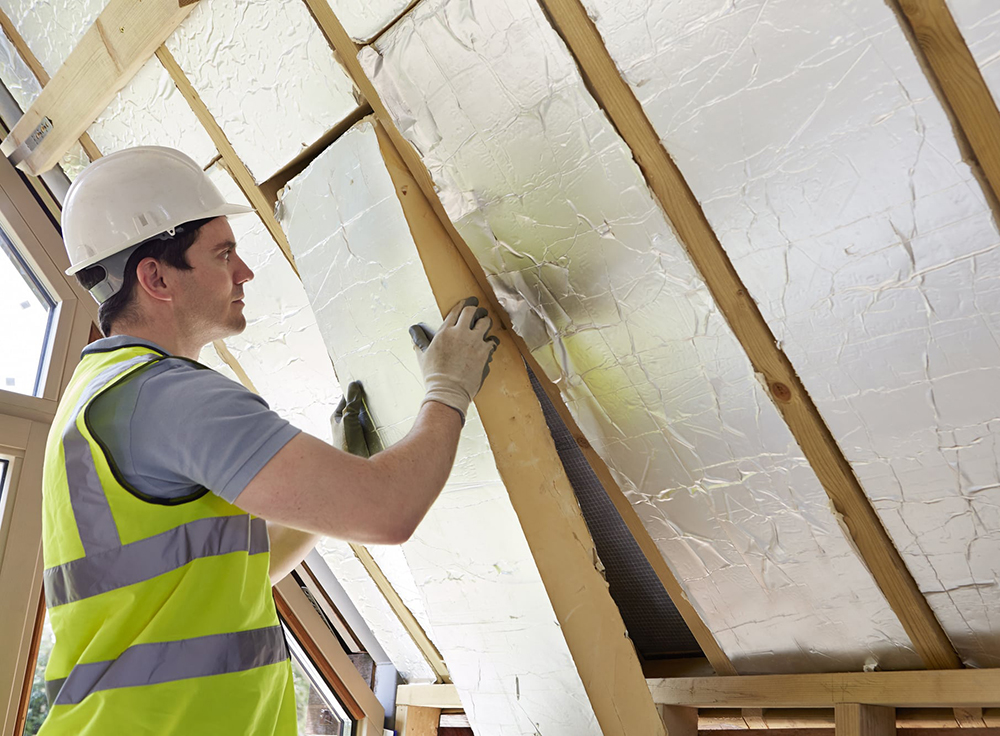

Most people forget about their furnaces until the frosty seasons start approaching. Chances are, a furnace tune up is at the bottom of your to-do list, or you don’t even know what this is. The sad truth is that you’re not alone, and most homeowners don’t give their furnaces a second thought until they stop functioning or winter approaches.
You’re probably wondering. ‘Why should I care as long as my furnace does the job’? Well, what you may not know is that there are several risks associated with furnace neglect. For starters, you could suffer from carbon monoxide poisoning. When all the dirt and grime accumulate, it creates the perfect recipe for impending furnace problems that endanger the lives of your house’s occupants. What is a furnace tune up and why do you need one? How often should you conduct a furnace tune up? We have compiled a complete guide so keep reading to find out!
As a homeowner, you definitely understand the need to conduct repairs when their heating systems fail to function properly. However, you may not realize that conducting regular maintenance is just as important. If your furnace has served you well for several years, you may not even see the need to check to schedule a tune up. This is where you go wrong.
A furnace tune up is the basic maintenance of your heating system and includes inspecting all elements of the furnace to ensure they are okay. It also involves cleaning up the interior to get rid of the accumulated dust and providing other relevant repairs as needed.
During the tune up, the technician checks and adjusts all the parts inside your furnace to ensure it runs efficiently throughout the cold season. They also conduct a thorough inspection, and if they identify any potential issues, they fix them before they escalate into bigger problems like a furnace breakdown.
Think of it this way; you would never let your car run for thousands of miles without getting a mechanical tune up. Why would you neglect your furnace?
Furnace tune ups are equivalent to car oil changes. If you skip your oil change, your car will eventually break down. The same applies to furnaces, and if you neglect them, they will eventually stop running. Since furnaces are mechanical systems, they require regular repair and maintenance on the moving parts to keep them running smoothly.
Other reasons why you should get a furnace tune-up to include:
You already know what happens when you get your furnace tuned up. What are the risks involved with neglecting your furnace?
In addition to increasing your energy bills, you also risk:

You should tune up your furnace at least once every year, preferably during spring and fall. If it’s been a long while since your last maintenance or furnace repair, you should watch out for the following signs:
It’s, however, important to note that dry air is a common occurrence during the cold seasons and not necessarily an indication of a faulty furnace. If you’ve recently tuned up your heating system, consider getting a humidifier to add moisture to the heated air.
According to popular reviews, the Levoit Ultrasonic Humidifier is one of the best humidifiers and comes in handy when you start to experience bloody noses, dry skin, sinus, congestion, and the flu. It comes with an automatic humidity sensor that adjusts the mist level based on the humidity in your home.
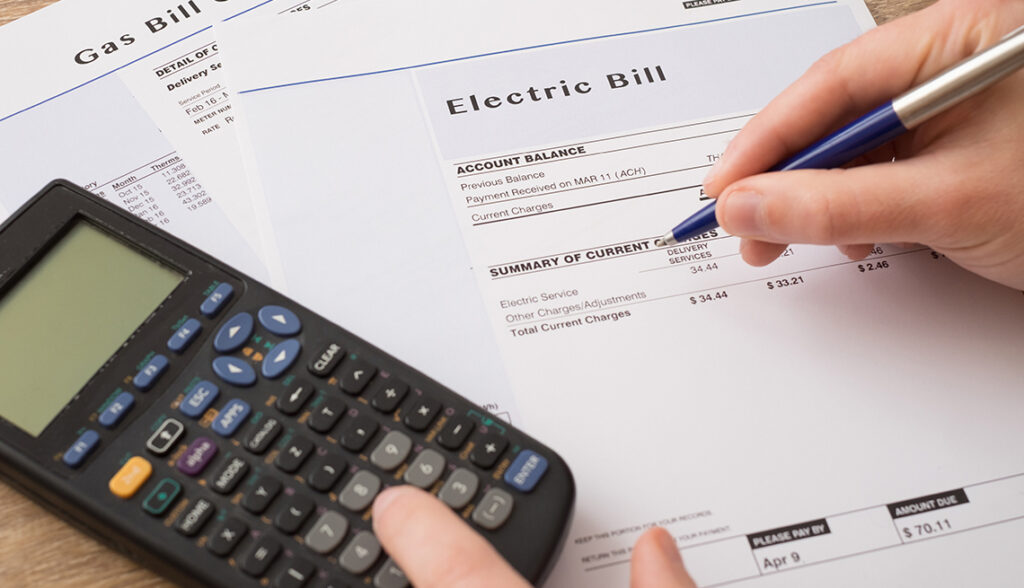
Other signs include:
You should also check the yellow pilot light on your furnace. If it’s flashing, then you need to schedule a tune up immediately.
A furnace tune up can cost anywhere from $50 to $200 depending on the amount of work that needs to be done and how long it takes. The pricing is also dependent on your location and the company you hire to do the maintenance for you.
Keep in mind that low estimates are not always an indication of poor quality work. It could be that the maintenance company is new in the market and is offering exclusive discounts to new clients. They may end up doing a thorough job to turn you into a loyal customer. The same applies to high costs. They aren’t always an indication of quality services.
Make sure you conduct extensive research before you settle for HVAC maintenance professionals.
To ensure a thorough job is done, we advise that you have a furnace tune up checklist. This will ensure that you don’t neglect some elements of the maintenance.
Some of the items your checklist should have include:
A furnace tune up is one of the most neglected activities yet one of the most important. It ensures that your heating system is running efficiently, thus enhancing comfort. It also improves the air quality of your home, enhances your safety, and increases the durability of your furnace. On average, you should schedule a furnace tune up at least once or twice a year but if you notice any of the above signs, make sure you schedule maintenance immediately.
